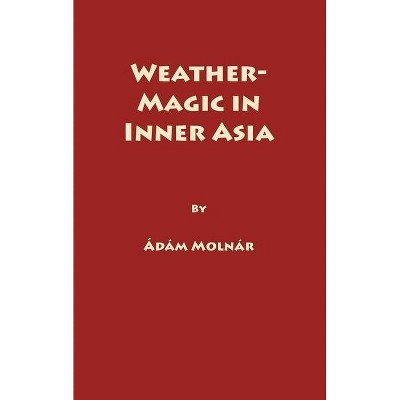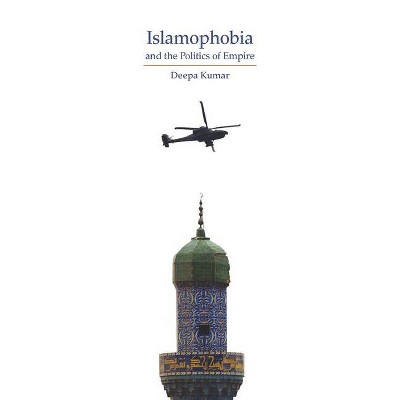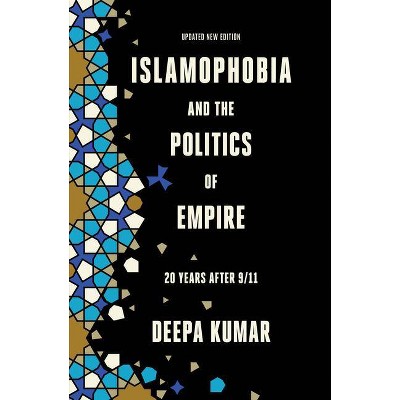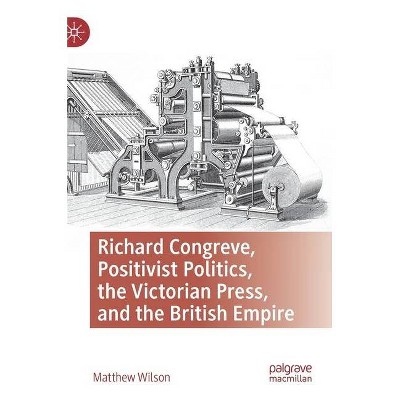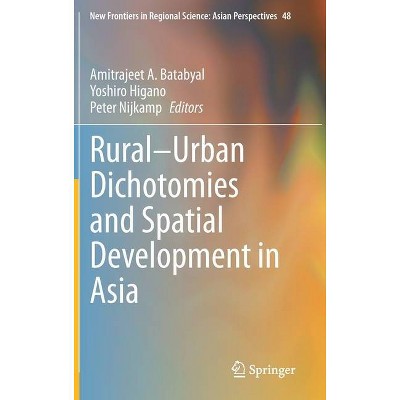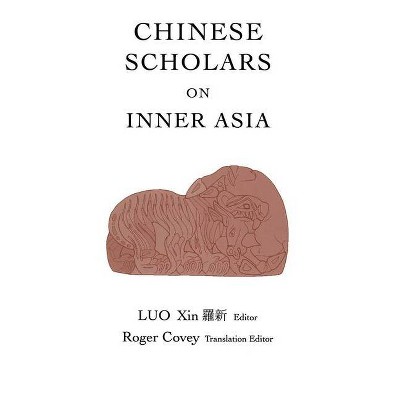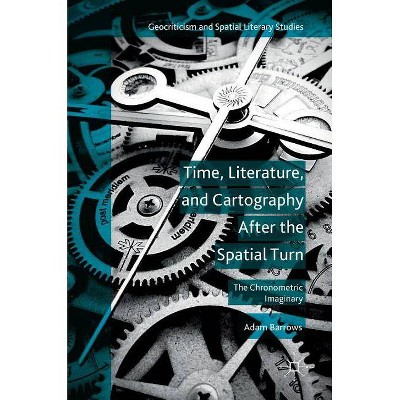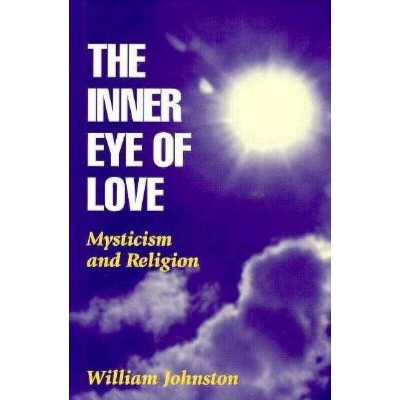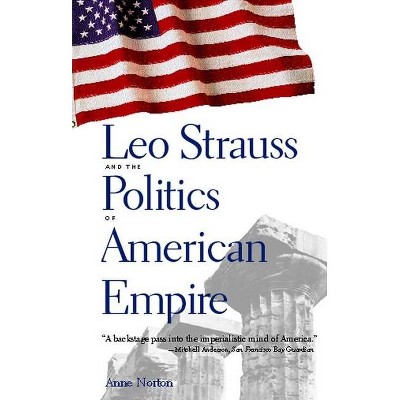Inner Asia and the Spatial Politics of Empire - by William Honeychurch (Hardcover)
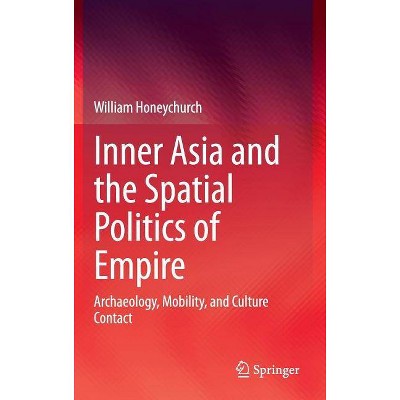
Similar Products
Products of same category from the store
AllProduct info
<p/><br></br><p><b> Book Synopsis </b></p></br></br><p>Chapter 1: Voices from the Steppe.- Chapter 2: Overcoming the Tyranny of Distance: Culture Contact and Politics.- Chapter 3: Solving Contradictions: Nomads and Political Complexity.- Chapter 4: The Heartland of Inner Asia: Mongolia and Steppe Pastoral Nomadism.- Chapter 5: The Late and Final Bronze Age Cultures of Mongolia, 1400-700 BC.- Chapter 6: The Surrounding Bronze Age World: Kazakhstan and South Siberia, 1300-700 BC.- Chapter 7: At the Edge of Inner Asia: The Northern Zone and States of China, 1200-700 BC.- Chapter 8: Nomadic Alternatives: Forming the State on Horseback.- Chapter 9: Not of Place, but of Path: Nomads on the World Stage.- Chapter 10: Steppe Cores, Sedentary Peripheries, and the Statecraft of Empire.</p><p/><br></br><p><b> From the Back Cover </b></p></br></br><p>This monograph uses the latest archaeological results from Mongolia and the surrounding areas of Inner Asia to propose a novel understanding of nomadic statehood, political economy, and the nature of interaction with ancient China. In contrast to the common view of the Eurasian steppe as a dependent periphery of Old World centers, this work views Inner Asia as a locus of enormous influence on neighboring civilizations, primarily through the development and transmission of diverse organizational models, technologies, and socio-political traditions. This work explores the spatial management of political relationships within the pastoral nomadic setting during the first millennium BCE and argues that a culture of mobility, horse-based transport, and long-distance networking promoted a unique variant of statehood. Although states of the eastern steppe were geographically large and hierarchical, these polities also relied on techniques of distributed authority, multiple centers, flexible structures, and ceremonialism to accommodate a largely mobile and dispersed populace. This expertise in "spatial politics" set the stage early on for the expansionistic success of later Asian empires under the Mongols and Manchus.</p><p><i>Inner Asia and the Spatial Politics of Empire </i>brings a distinctly anthropological treatment to the prehistory of Mongolia and is the first major work to explore key issues in the archaeology of the eastern Eurasian steppe using a comparative framework. The monograph adds significantly to anthropological theory on interaction between states and outlying regions, the emergence of secondary complexity, and the growth of imperial traditions. Based on this approach, the window of Inner Asian prehistory offers a novel opportunity to investigate the varied ways that complex societies grow and the processes articulating adjacent societies in networks of mutual transformation.</p><p/><br></br><p><b> Review Quotes </b></p></br></br><br><p>"The meticulous explanations of the theoretical framework; the state of the research; as well as the geographical, economic, and historical context of the regions analyzed ... make the book suitable for teaching and as an introductory tool for anyone approaching the history of Mongolia for the first time. ... offers a very useful collection of new archaeological results, a well-informed summary of the state of the research, and a thought-provoking set of questions to inspire further studies on the subject." (Francesca Fiaschetti, Asian Highlands Perspectives, Vol. 40, 2016)</p><br><p/><br></br><p><b> About the Author </b></p></br></br><p>William Honeychurch is an assistant professor at Yale University in New Haven, Connecticut. His research focuses on interregional interaction and the development of complex political organization, the rise of states and empires among nomadic peoples, and the construction and use of monumental landscapes. He has worked in Mongolia since 1991 and combines innovative survey techniques with habitation and mortuary excavation to recover the often sparse remains of ancient mobile communities. Along with colleagues from the Mongolian Institute of Archaeology, Dr. Honeychurch has carried out multi-year survey and excavation projects at the Mongolian sites of Egiin Gol, Baga Gazaryn Chuluu, and Delgerkhaan Uul in order to better understand the local foundations of steppe politics and lifeways. His research results have helped to shed light on the cultural and political importance of pastoral nomadic societies around the world.</p>
Price History
Price Archive shows prices from various stores, lets you see history and find the cheapest. There is no actual sale on the website. For all support, inquiry and suggestion messages communication@pricearchive.us
